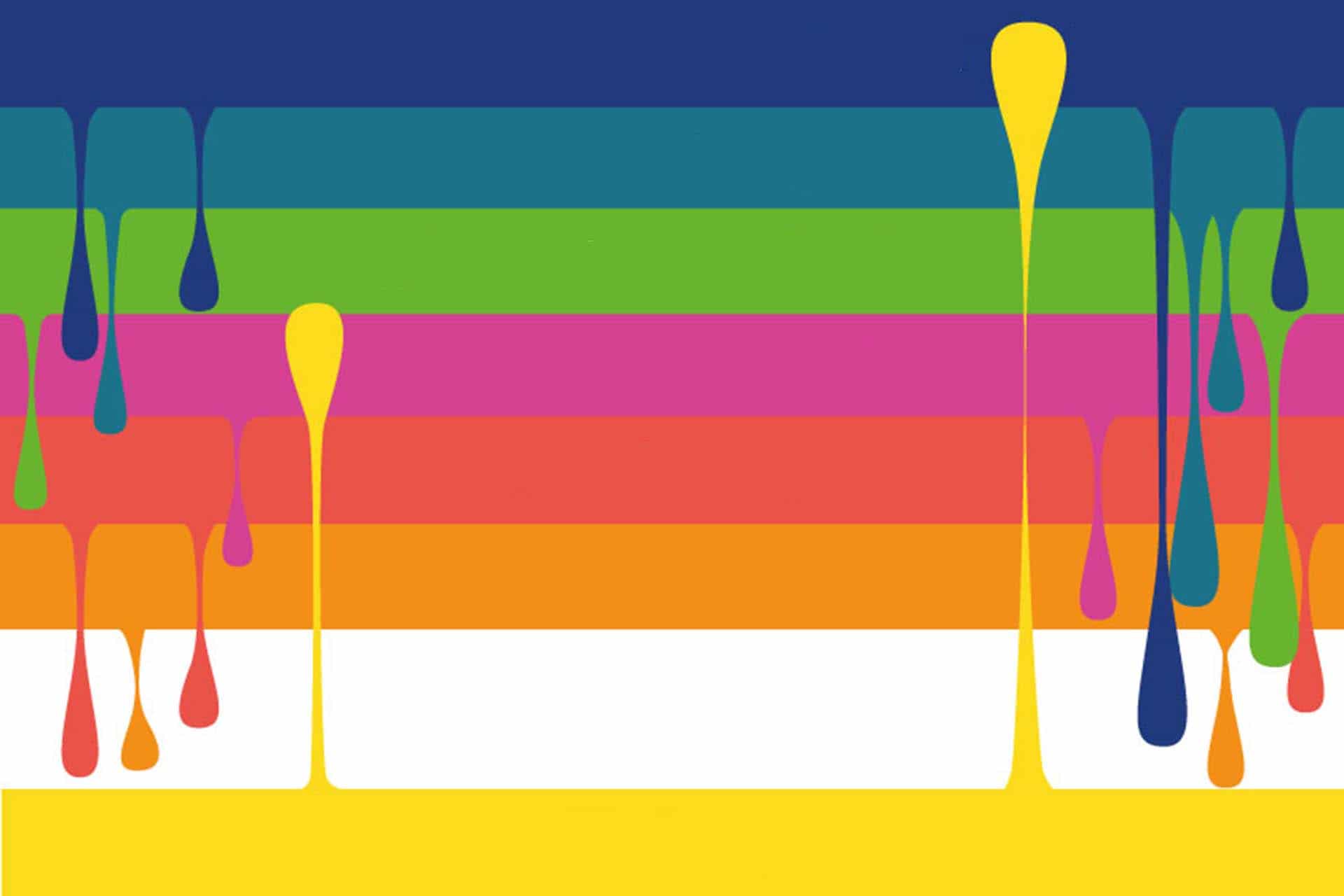Be more courageous about user testing!
To get one thing straight: If you seriously want to work on the user experience of your (software) product, don’t hide from user testing like an elephant from a mouse. User testing means that product and feature ideas are placed in the hands of real or potential users as early as possible in order to be viewed and evaluated from their perspective. In contrast to the otherwise often “invisible” user experience, users let themselves be looked over the shoulder during user testing and give valuable feedback on the usability of the idea in general. With the help of user testing, it can be proven that decisions for a future or existing product can be made more quickly and appropriately. However, in many software productions the topic is still treated very neglected: “Too complex, too expensive, too little output, no personnel, is not in the Scrum Guide… and besides, we are the experts, why should we let our users tell us what to do?
It all sounds a bit like excuses to me. Of course it is much more convenient to stew in your own juice and not have to deal with the opinion of the users. Only this submergence leads to design and product decisions being driven primarily by technology or by permanent guesswork. The bad awakening finally comes after the release, when support requests or bad ratings arrive or even worse, you don’t hear anything from the users anymore (so nothing positive either). Then you keep on groping in the dark.
The magic of user testing
“User Experience Designers unfortunately can’t do magic” I say at each meeting with a new client. For the sake of completeness, I would like to mention that nobody else who is involved in the development has magical powers and conjures the perfect product out of the hat. User testing, on the other hand, is really magical in my experience, because it makes it possible to illuminate the dark corners that are otherwise completely overlooked by collective blindness.
Even more impressive, however, is the magic that is kindled by the interpersonal relationship: On the one hand, there are the users who suddenly get a voice and experience that behind the development of a software there are people, not assembly lines. Their loyalty to the product increases and they don’t expect everything they said in user testing to be fixed or implemented tomorrow.
On the other hand, there are people who are motivated to develop a product. They get the opportunity to listen and get to know the problems and needs of their users. This is particularly exciting in the B2B area, where there is usually a strong exchange with the purchasing decision-makers, but less so with the actual end users. If the pain and needs of the users are seen with your own eyes, it is much easier to understand and prioritise customer requirements. The decisions are then based on the actual user experience and not on the ego of a particular stakeholder. This can even lead to a situation in which much less or something completely different is required than thought in order for the product to deliver its added value.
Contact with users is not a monopoly
User testing or contact to users in general should therefore not remain a monopoly of individual persons or departments in the company. Development teams with contact to users recognise more meaningfulness in their work, are more motivated and build empathy with those for whom they produce. With the result that requirements are better understood and translated into appropriate technological solutions. However, direct contact is indeed important for this, not – as is often the case – second-hand experience.
In agile projects, direct user feedback is in theory even an essential part of the recipe for success. In reality, however, in very few reviews one encounters real users. Instead, in the Scrum Team the product owners or – if available – user experience designers become the mouthpieces of the users, which is by no means wrong, but also not a real encounter. Here, too, there is a lack of courage to break through the usual distribution of roles. In principle, a developer or other project participants are also able to obtain feedback from users.
Bad user testing is better than no testing at all
In the end, it doesn’t take as much as you think to check ideas and product features. It only takes people who can listen and users who give feedback. The statement “User tests are costly” should have been obsolete long ago.
Usability expert Jakob Nielsen advocated ‘Discount Usability’ as early as 1985 and showed that continuous, cost-effective measures for recording user feedback are more effective than large-scale, expensive and mostly one-off studies. In order to identify the most serious problems, his study found that not even a perfect methodology or trained usability specialists were needed. Although more problems are identified the cleaner the methodology behind the problem is used, even laypersons who carry out testing with three users will find out more than without testing. In other words: In the end, only the test method or the evaluation went wrong if no error was found. Because one thing is clear: there is no such thing as perfect software, but it is still worth continuously improving it.
Principles for more courage in user testing
In the article I wanted to show that user testing is a really easy way to check early on whether the development of an existing or new software product is on the right track or where problems arise during operation. Basically, this is an old hat, but reality shows that there are still many prejudices against obtaining user feedback.
Here once again the most important core statements in the form of 7 principles for more courage in user testing:
- Assumptions about users remain assumptions until they are confirmed by users.
- Software developers implement solutions, but users are experts in their tasks, goals and needs.
- Testing what there is to test: We don’t have to wait until something is technically implemented, but can even test an idea on a napkin using a line drawing if necessary.
- User testing does not require experts, but people who can listen and users who want to get involved.
- More frequent testing with low-budget methods yields more than a one-off, lengthy study.
- Not everything learned in user testing has to be implemented directly.
- There is no such thing as perfect software, but striving for it makes a product more successful than competing products.
If you now have the feeling that user testing is missing in your product development or is used too sporadically: Have courage, try it!
Note:
Anna Zinsser has published more articles in the t2informatik Blog, including

Anna Zinsser
Anna Zinsser is a UX designer, game developer and systemic transformation facilitator. As a freelancer, she has been supporting the development of digital solutions with a focus on user needs since 2017. As co-founder of denkhafen, she supports individuals, teams and organisations in times of change, personal development and self-organisation – creatively, systemically and with playful ease. To this end, she develops her own (analogue) games and workshop formats that enable experience-based learning in companies.
In the t2informatik Blog, we publish articles for people in organisations. For these people, we develop and modernise software. Pragmatic. ✔️ Personal. ✔️ Professional. ✔️ Click here to find out more.


